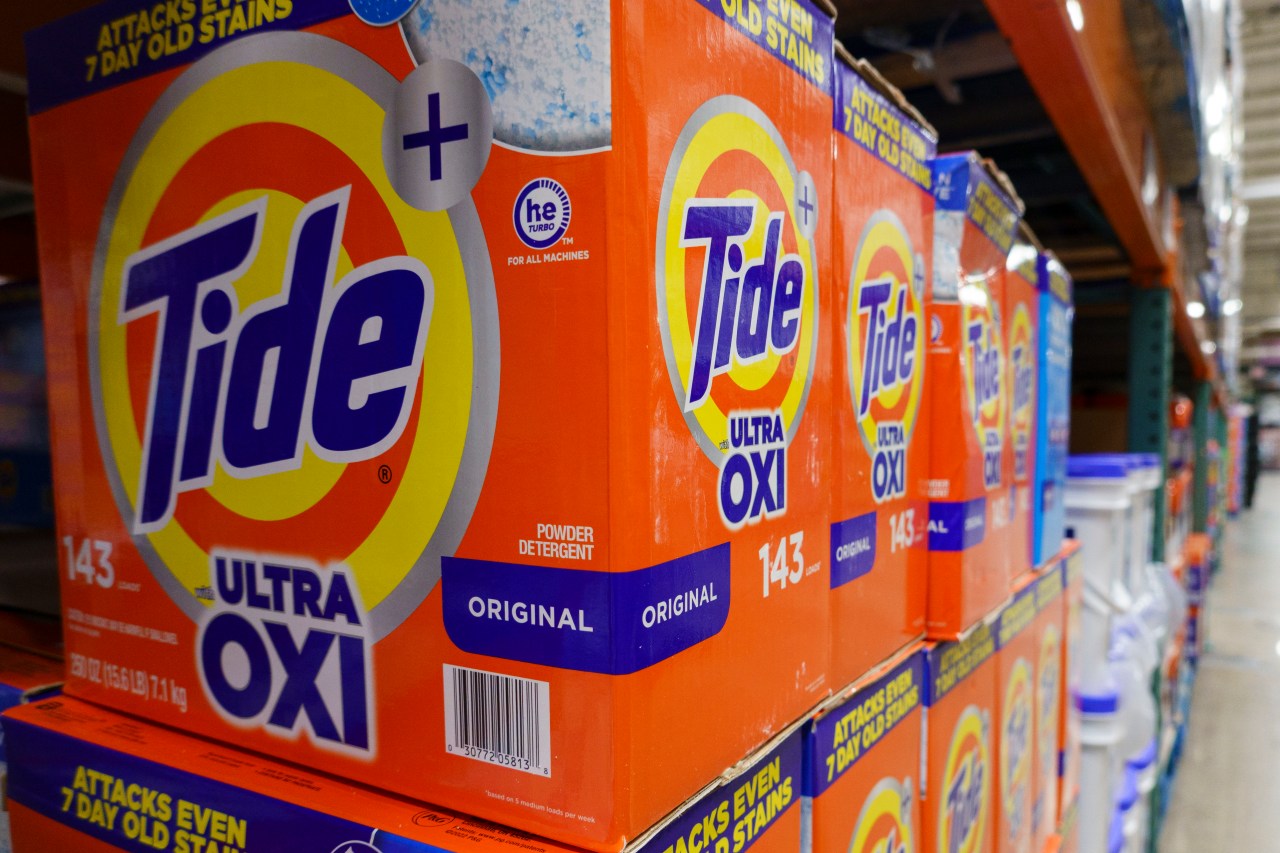The ripple effects of international trade tensions are now making their way into America’s laundry rooms and pantries. Giants like Procter & Gamble (P&G) and PepsiCo are feeling the heat, and the consequences are tangible for everyday consumers.
In recent quarters, both P&G and PepsiCo have signaled a troubling trend: lower sales volumes and shifting consumer behavior driven by the aftershocks of tariffs and inflation. These changes are causing fewer laundry loads, tighter grocery budgets, and an undercurrent of consumer anxiety that’s reshaping spending habits across the U.S.
The Trade War’s Lingering Shadow
Trade disputes—especially those involving China and other key trading partners—have triggered a wave of retaliatory tariffs, increasing costs for imported raw materials, packaging, and even finished goods. While the initial assumption was that large corporations like P&G and PepsiCo could absorb or pass on these costs, the reality is proving more complex.
P&G, the maker of household essentials like Tide, Ariel, and Downy, has seen a slowdown in laundry detergent volumes. Meanwhile, PepsiCo, known for its iconic beverages and snack brands, is grappling with margin pressures as ingredients and packaging costs remain elevated.
Fewer Laundry Loads: A Sign of Cost-Conscious Consumers
Laundry detergent might seem like a staple that would be immune to economic downturns—but that’s no longer the case. P&G’s recent financial disclosures show a dip in volume across some key product categories, especially fabric and home care. Consumers are reportedly stretching the use of detergents, washing less frequently, or switching to private-label alternatives.
This behavior points to a broader shift in consumer mindset: the need to do more with less. With grocery bills climbing and monthly budgets tightening, every product—from laundry detergent to snacks—is being scrutinized.
Heightened Consumer Anxiety is Changing Purchase Behavior
PepsiCo has echoed similar concerns in its earnings calls. While overall revenue may still be growing due to price hikes, actual product volume is under pressure. As PepsiCo raises prices to cover higher input costs, many consumers are buying smaller pack sizes, reducing frequency of purchases, or opting for lower-cost competitors.
According to market analysts, this trend reflects a growing sense of consumer anxiety fueled by inflation, economic uncertainty, and stagnant wages. As prices climb, consumers are making deliberate choices—prioritizing essentials and cutting back on non-essential or premium products.
Tariffs and Inflation: A Double Blow
What makes the situation particularly challenging is the combined impact of tariffs and inflation. Tariffs have raised the cost of imported goods, while inflation has driven up energy, transportation, and labor costs domestically. Together, these forces are squeezing corporate margins and consumer wallets simultaneously.
P&G and PepsiCo, despite their strong brand equity, are finding it increasingly difficult to navigate this landscape without losing market share or alienating price-sensitive consumers.
Strategic Shifts: What Brands Are Doing
Both companies are adjusting their strategies in response. P&G is investing in smaller packaging and value-focused product lines to appeal to cost-conscious shoppers. It’s also leveraging digital advertising and consumer insights to retain loyalty during a difficult economic cycle.
PepsiCo is pushing its value packs and ramping up promotions in select markets to drive volume. The company is also exploring cost-efficiency programs and supply chain optimization to offset inflationary pressures.
The Bigger Picture: Implications for the FMCG Sector
The challenges facing P&G and PepsiCo are not isolated. The fast-moving consumer goods (FMCG) industry as a whole is bracing for continued volatility. Rising costs, supply chain disruptions, and shifting consumer sentiment are redefining how brands approach pricing, packaging, and promotions.
For investors, this could mean a bumpy ride as companies recalibrate expectations. For consumers, it could mean continued price sensitivity and an increasing reliance on budget-friendly alternatives.
Final Thoughts
The tariff fallout is no longer just a headline—it’s a lived experience for millions of consumers. From fewer laundry loads to modified snack choices, economic pressures are reshaping the way households manage daily needs. For companies like Procter & Gamble and PepsiCo, this means finding new ways to retain loyalty in an increasingly cost-driven market.
As the global economic landscape continues to evolve, brands that adapt quickly to consumer needs—without compromising quality—will be best positioned for long-term growth and resilience.




